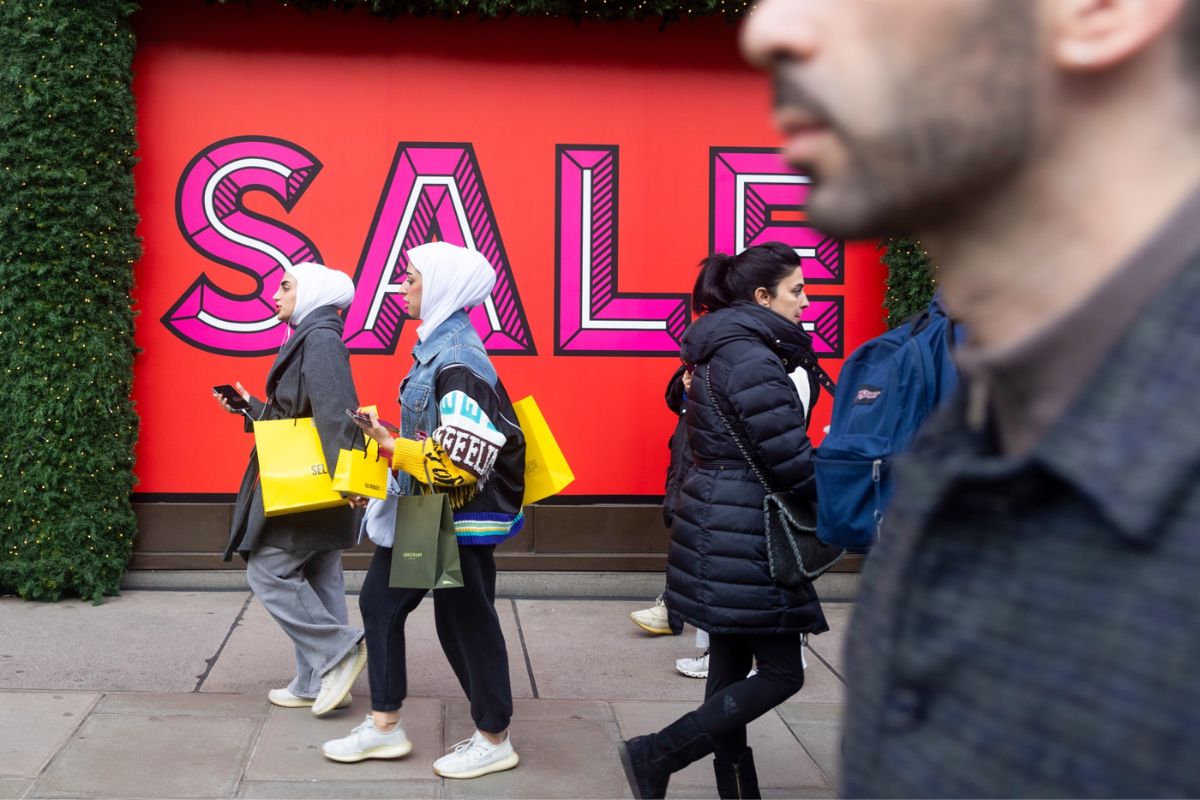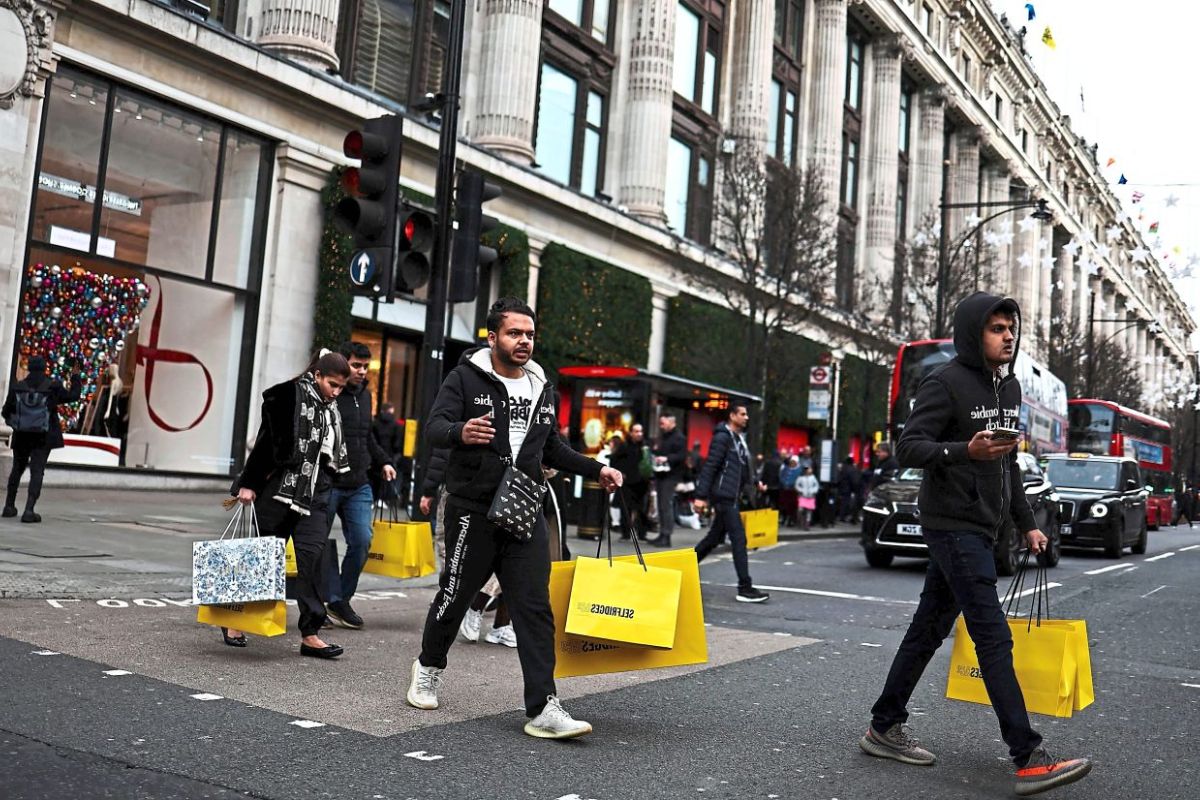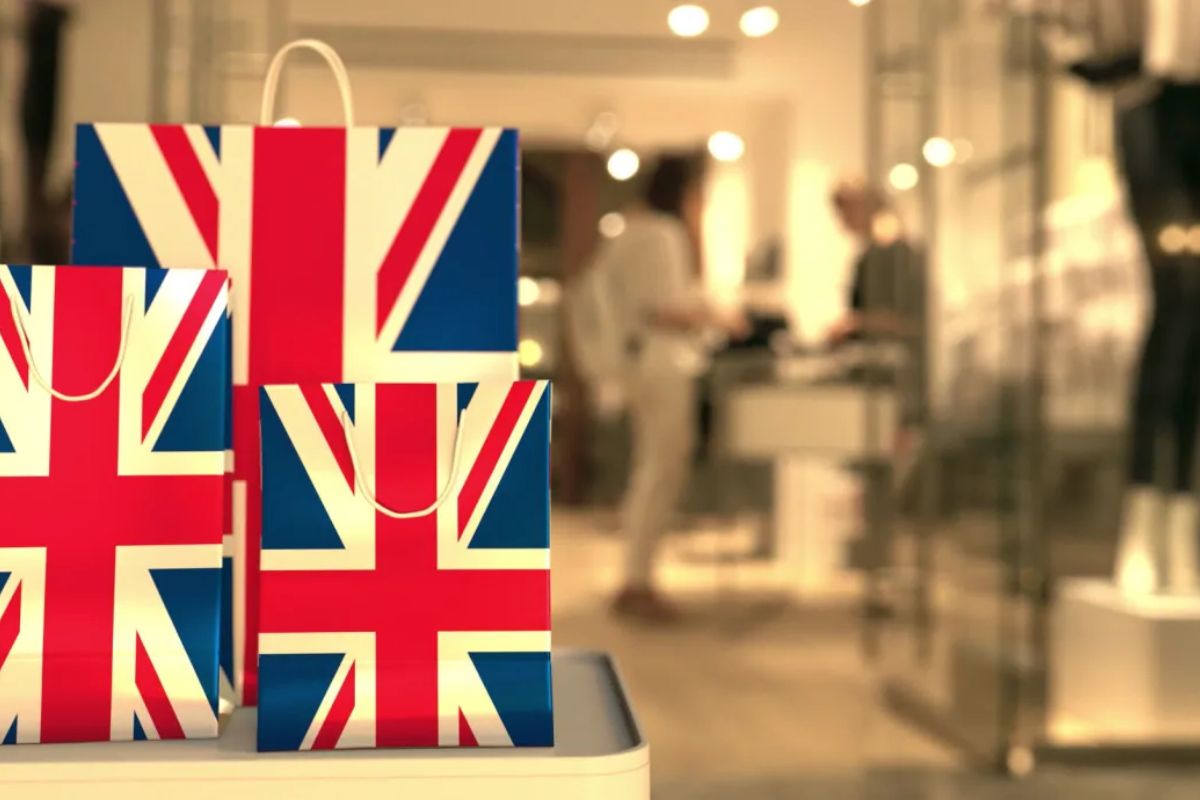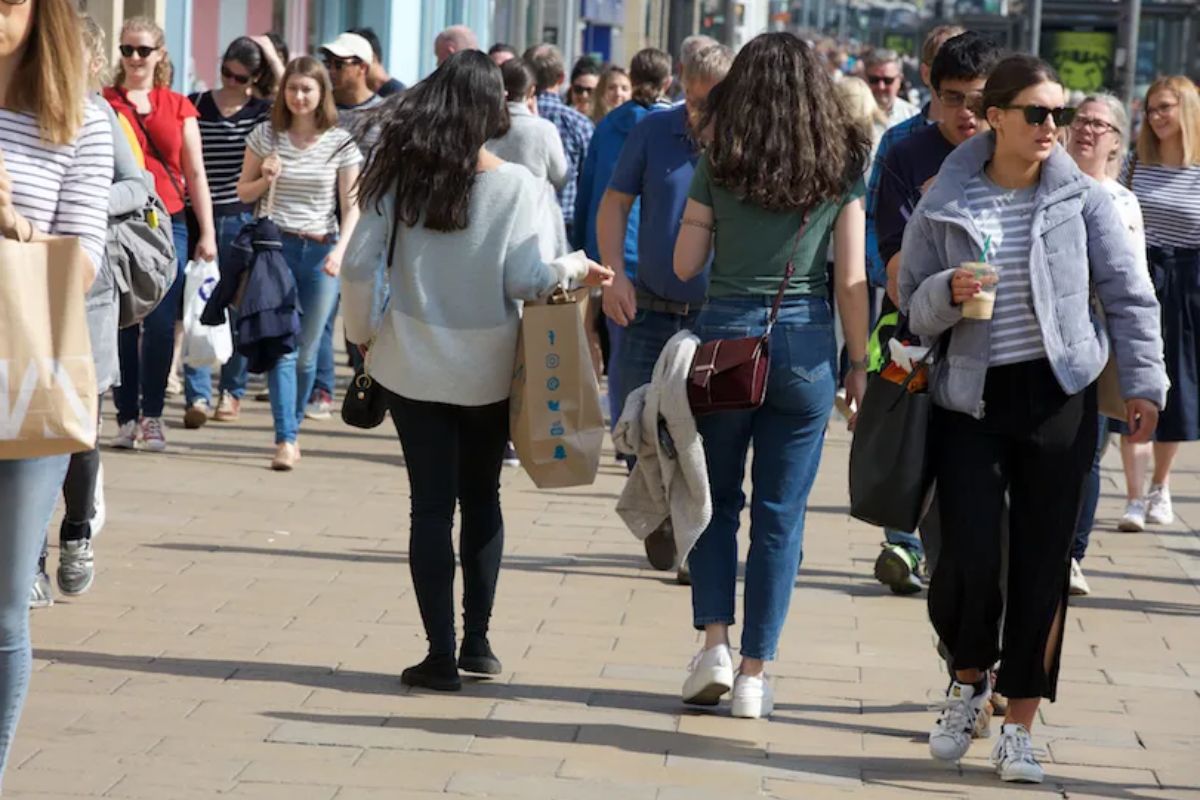UK Retail Bounceback Sparks: The recent surge in UK retail sales has ignited a glimmer of hope amidst the looming shadows of a recession.
While this uptick in consumer spending may seem like a promising sign of economic recovery, the underlying complexities and fragilities of the current situation cannot be overlooked.
As we dissect the factors contributing to this bounceback, questions arise about the sustainability of this trend and the potential hurdles that could hinder a rapid return to financial stability.
In the midst of uncertainties, one thing is clear – the path to recovery is laden with both opportunities and pitfalls.
Key Takeaways
- British retail sector’s significant sales surge signals rapid economic recovery.
- Bank of England’s policy shift fosters optimism for recession rebound.
- Impending tax cuts aim to stimulate demand, investment, and global competitiveness.
- Despite consumer caution, rising sales reflect growing consumer confidence for economic revival.
Surge in British Retail Sales in January
In a surprising turn of events, the British retail sector witnessed a remarkable surge in sales during the month of January, marking a significant shift towards economic recovery amidst challenging times.
The unprecedented 3.4% increase in sales volumes from December not only surpassed economists’ modest predictions of a 1.5% rise but also shattered expectations with its magnitude.
Also Read: UK Retail Faces Slowdown: Black Friday Fails to Ignite Spending Amid Cost-of-Living Squeeze
This surge, the most substantial in almost three years, breathed new life into a sector that had been grappling with the aftermath of a 3.3% decline in sales just the month before.
The resilience shown by British consumers in their spending habits is not only commendable but also indicative of a potential economic revival on the horizon.
This surge in retail sales is not merely a blip on the economic radar but rather a beacon of hope illuminating a path towards a rapid recovery from the recessionary shadows that have loomed large over the UK economy.
Positive Economic Signals Amid Recession Concerns
Evidently, amidst lingering recession concerns, a constellation of positive economic signals is emerging, hinting at a potential turnaround for the British economy. The robust retail sales data suggests that consumer confidence is on the rise, laying the foundation for a much-needed economic revival.
Analysts are optimistic about the diminishing impact of higher interest rates on consumer spending, paving the way for increased economic activity and growth. Moreover, the Bank of England’s proactive measures to tackle inflation through high-interest rates are anticipated to stabilize, creating a more conducive environment for businesses and consumers alike to flourish.
This combination of factors paints a promising picture for the UK economy, indicating that the worst may be over and brighter days could be on the horizon.
- Consumer confidence is rising, driving increased retail sales.
- Diminishing impact of higher interest rates on consumer spending.
- Anticipated stabilization of Bank of England’s inflation-curbing efforts.
Impact of Bank of England’s Policies
Amidst the turbulent economic landscape shaped by the Bank of England‘s high-interest rate policies, the repercussions on households and businesses have been starkly evident, culminating in a recessionary downturn in late 2023. The stringent monetary measures enforced by the central bank created a challenging environment for borrowers, hindering consumption and investment.
Many businesses struggled to access affordable credit, leading to a slowdown in economic activity and a spike in unemployment rates. As households faced higher borrowing costs, disposable incomes dwindled, causing a ripple effect across the economy. The recession that followed was a direct consequence of these policies, leaving many questioning the effectiveness of the Bank of England’s approach.
However, with recent indications of a shift towards easing interest rates, there is newfound optimism for a recovery. The central bank’s forecast aligns with this sentiment, suggesting that the worst may be behind us. As interest rates begin to normalize, businesses and consumers alike can look forward to a more supportive financial environment, potentially paving the way for a swift economic revival.
Potential Government Measures to Boost Economy
The impending tax cuts announced by Finance Minister Jeremy Hunt on March 6 are poised to inject a much-needed stimulus into the UK economy, potentially catalyzing a rapid rebound from the recent recessionary downturn. This bold move signifies a proactive approach by the government to reignite economic growth and instill confidence in consumers and businesses alike.
The potential government measures to boost the economy are not just about numbers on a balance sheet; they represent a strategic intervention to reshape the financial landscape and pave the way for a robust recovery. Here are three critical points to consider:
- Tax cuts can stimulate spending, leading to increased demand for goods and services.
- Such measures may incentivize businesses to invest, expand, and create job opportunities.
- A buoyant economy can enhance the country’s global competitiveness and attract foreign investment.
Challenges and Cautious Consumer Behavior
Consumers are treading cautiously, casting a shadow of uncertainty on the path to economic recovery despite promising signs of resilience in the UK retail sector. While the retail industry shows signs of bouncing back, challenges loom large as sales figures struggle to reach pre-pandemic levels.
The cautious behavior of consumers, though enticed by discounts, reflects a deep-seated wariness towards spending, especially in sectors like clothing where demand remains subdued. The Office for National Statistics’ highlighting of consumer apprehension juxtaposed with favorable macroeconomic conditions paints a complex picture of the UK’s economic landscape.
This dichotomy between positive economic indicators and consumer hesitancy underscores the fragility of the current recovery trajectory. As the retail sector navigates through these turbulent waters, the delicate balance between consumer sentiment and economic revival will be pivotal in determining the speed and sustainability of the UK’s journey towards full-fledged recovery.
Conclusion Of UK Retail Bounceback Sparks
The recent surge in UK retail sales signals a glimmer of hope for a rapid recovery from the recession. Despite concerns about the economic downturn, positive signals and potential government measures suggest a promising future.
The Bank of England’s policies have played a crucial role in boosting consumer confidence and stimulating economic growth. However, challenges remain as cautious consumer behavior continues to pose a threat to the recovery process.
The road to economic recovery may be bumpy, but there is light at the end of the tunnel.
Our Reader’s Queries
Q1 What is the retail outlook for the UK in 2024?
A In 2024, prospects for success are on the horizon. Although the year commenced at a gradual pace, certain non-food retailers employed promotional strategies to attract shoppers. Encouraging signs, including decreasing inflation, interest rate reductions, and a boost in consumer confidence, suggest a more promising second half of the year.
Q2 What is a recession UK?
A A recession is formally characterized by two consecutive quarters of economic contraction. This marks the first instance of the British economy entering a recession since the initial half of 2020, a period characterized by a sharp decline in output amid the country’s inaugural COVID-19 lockdown.




